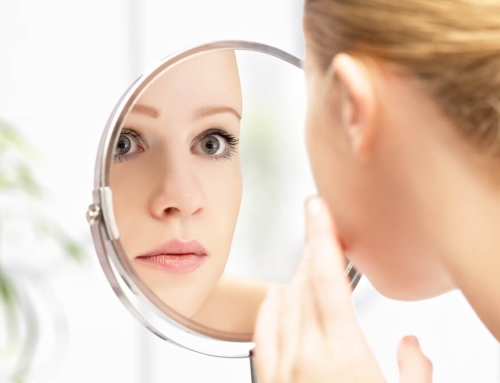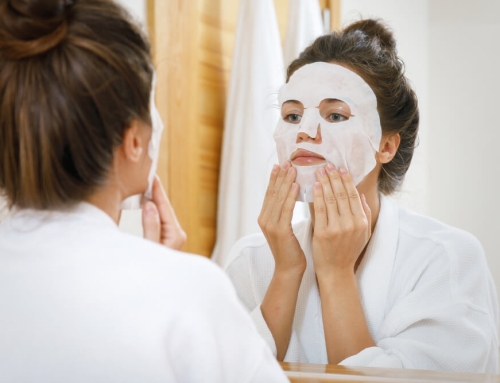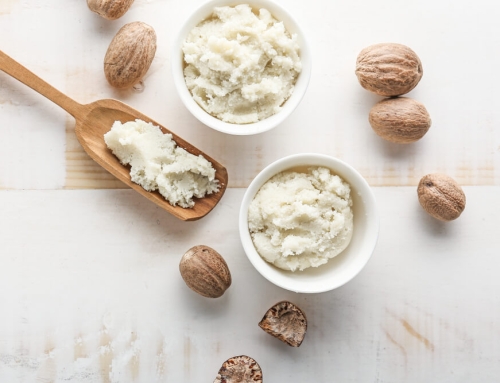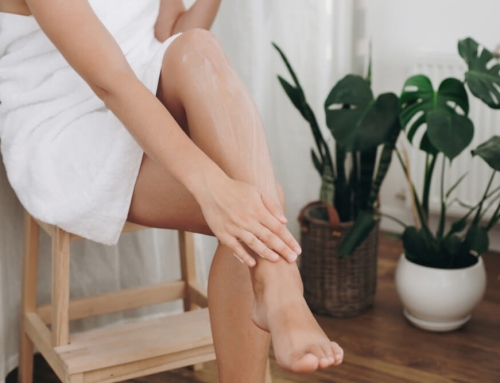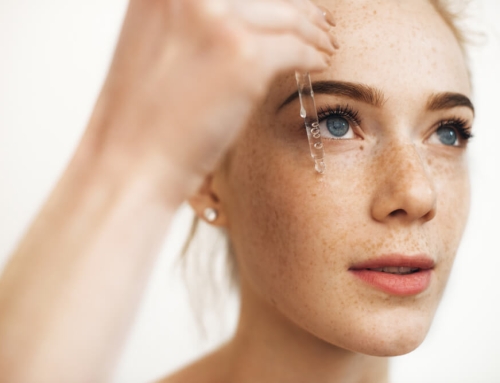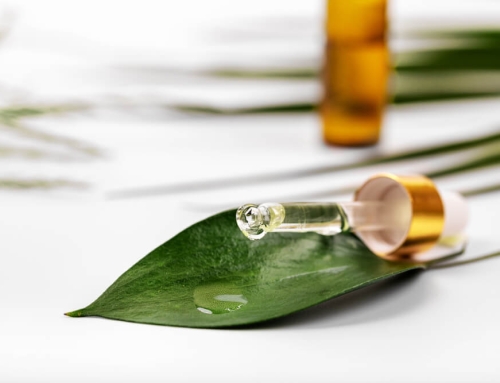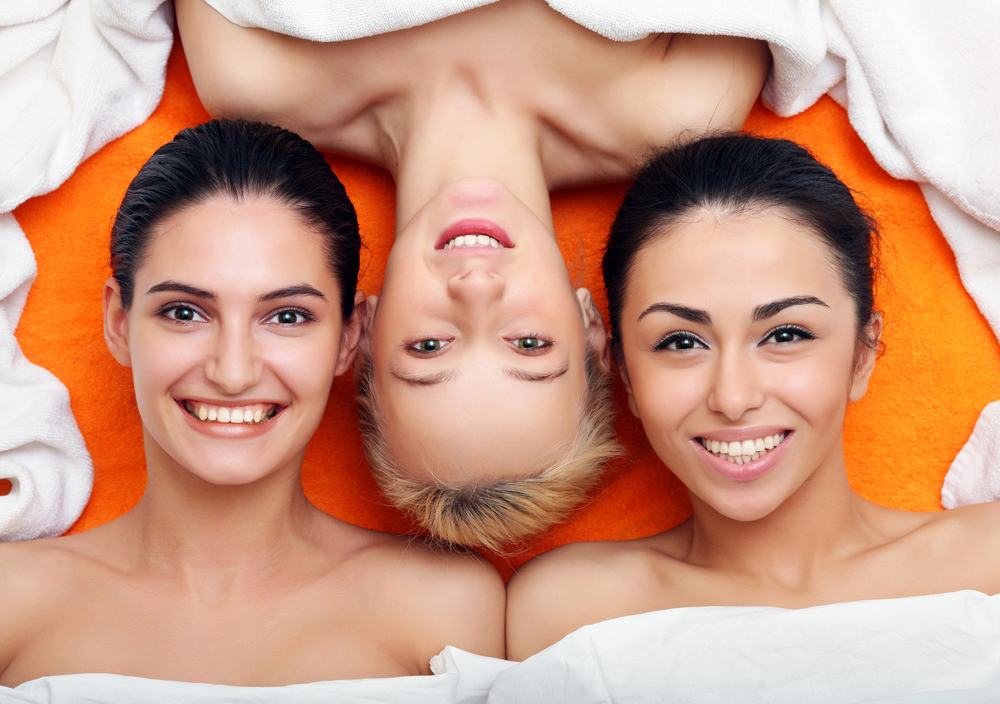 Not only does international beauty vary from country to country but people of different ethnicities have different skin care routines because their skin has different requirements. We come across so many people who are not aware about the skin care requirements of ethnic skin who end up with all sorts of skin care problems. In fact, one product that helps in removing brown spots for customers in one part of the world might simply end up compounding the problems for women in other parts of the world. When it comes to different requirements for people from different countries, things like the air, pollution levels, environment, climate, temperatures and humidity levels also play a major role. To cut a long story short, your skin tone needs to be taken into consideration while choosing suitable skin care products. Women from European, Asian, Hispanic or African descent can sometimes require completely different products for the same skin issues. And when it comes to acne, ethnic skin care is particularly important. OROGOLD reviews the main reasons why ethnic skin requires special acne treatments. Do not cause yourself stress, read our guide to learn about what is best for your skin.
Not only does international beauty vary from country to country but people of different ethnicities have different skin care routines because their skin has different requirements. We come across so many people who are not aware about the skin care requirements of ethnic skin who end up with all sorts of skin care problems. In fact, one product that helps in removing brown spots for customers in one part of the world might simply end up compounding the problems for women in other parts of the world. When it comes to different requirements for people from different countries, things like the air, pollution levels, environment, climate, temperatures and humidity levels also play a major role. To cut a long story short, your skin tone needs to be taken into consideration while choosing suitable skin care products. Women from European, Asian, Hispanic or African descent can sometimes require completely different products for the same skin issues. And when it comes to acne, ethnic skin care is particularly important. OROGOLD reviews the main reasons why ethnic skin requires special acne treatments. Do not cause yourself stress, read our guide to learn about what is best for your skin.
Detergent cleaners might damage all sorts of skin, but they can torment Southeast Asian and Japanese skin like no other
Asians prefer to cleanse their skin with oil based skin care products because they need to stay away from things like foamy acne treatments, shampoos and soaps. If you’ve noticed the Japanese in particular, they always ensure that they wear gloves before using household cleaners. This is to avoid acne-like bumps that develop when the Japanese skin comes in contact with these cleaners. Many people in Southeast Asia And Japan also stay away from foaming benzoyl peroxide.
Brown spots get treated in different ways in different ethnic groups
Your skin uses melanin to fight against pigmentation. However, since people with dark colored skin already have a lot of melanin in their skin, they end up developing dark brown spots after acne. Now, if a treatment traumatizes the skin to make it get rid of the brown spots, it actually ends up making these spots worse or triggering a skin issue known as vitiligo. Someone with a lighter skin tone might have benefited from the same treatment, but the extra melanin would make things worse for someone with darker skin.
Hereditary enzyme related deficiencies can also lead to acne disasters
Many people in Asia and Africa are known to suffer from an2 enzyme deficiency which leads to a condition known as ochronosis. This condition leads to discoloration of the skin, particularly around the ears and the eyes. This condition can be triggered when the skin is exposed to things like industrial solvents, hydroquinone and benzene. Therefore, if someone with this deficiency ended up using an American product that contained hydroquinone, he/ she is likely to wake up with black and blue colored spots the next morning.
The color of the skin might not be all that important, but the moisture content definitely makes a big impact on acne
Light colored skin is more likely to be dry, whereas dark colored skin is more likely to be oily. However, it is quite possible for light skinned people to have oily skin and dark skinned people to have dry skin. Ultimately, it is the oil content in the skin that has a major impact on acne and makes a huge difference in the way you choose products for your acne treatments. If you have dry skin, you should use AHAs to exfoliate your skin. BHAs should be left for people with oily skin. Similarly, if you have dry skin, you would react better to foaming products when compared to people with oily skin. Oily skin tends to develop irritation or inflammation when subjected to foaming products. Finally, if you have dry skin, you are more likely to suffer irritation and less likely to suffer from long term discolorations. For people with oily skin, its vice versa.

